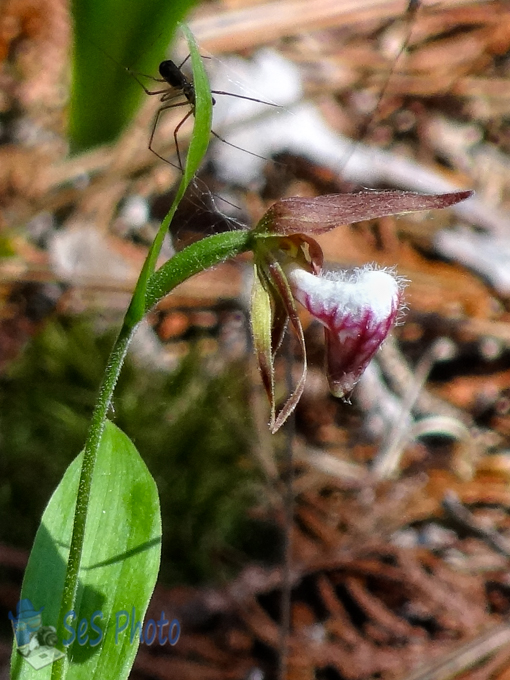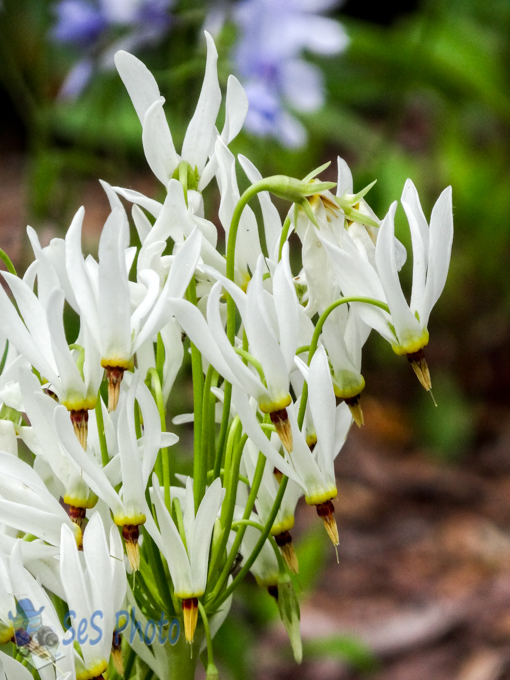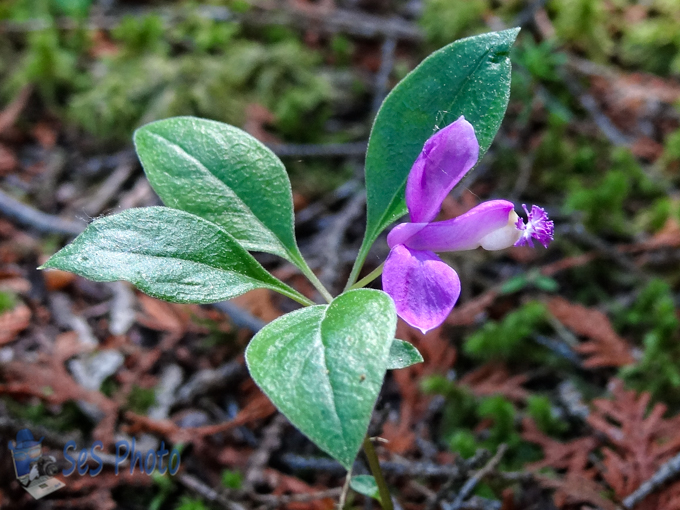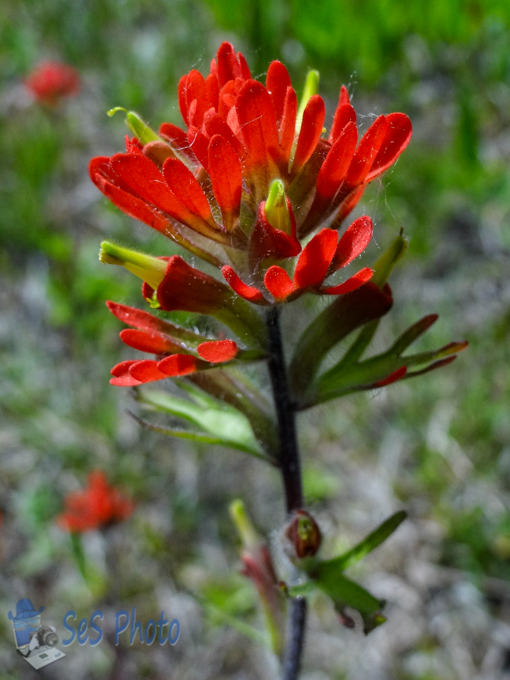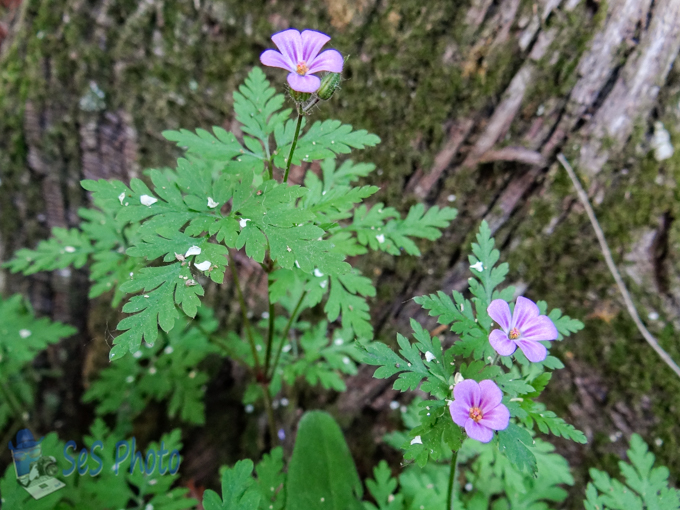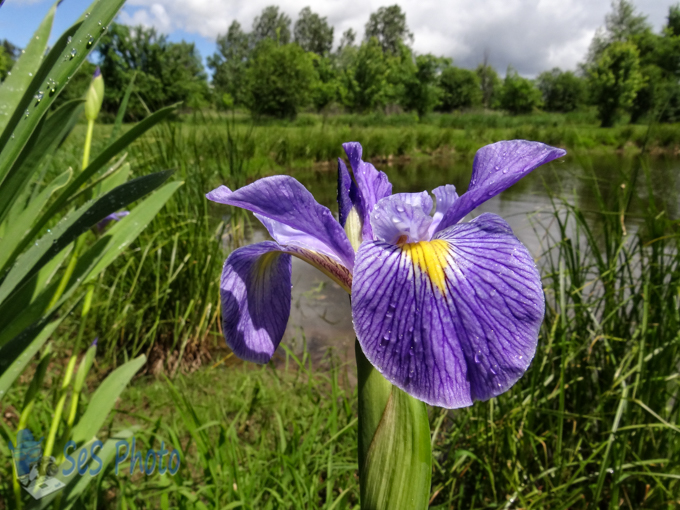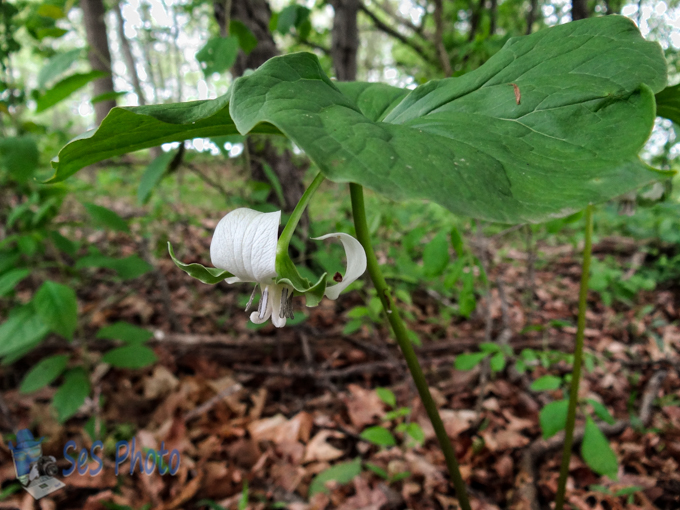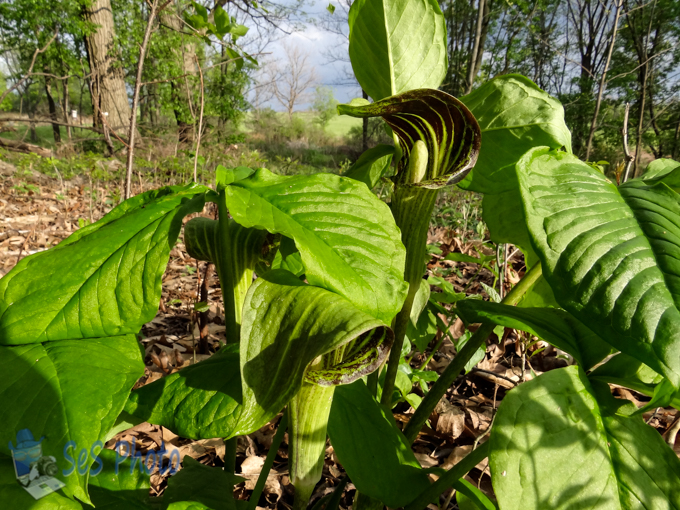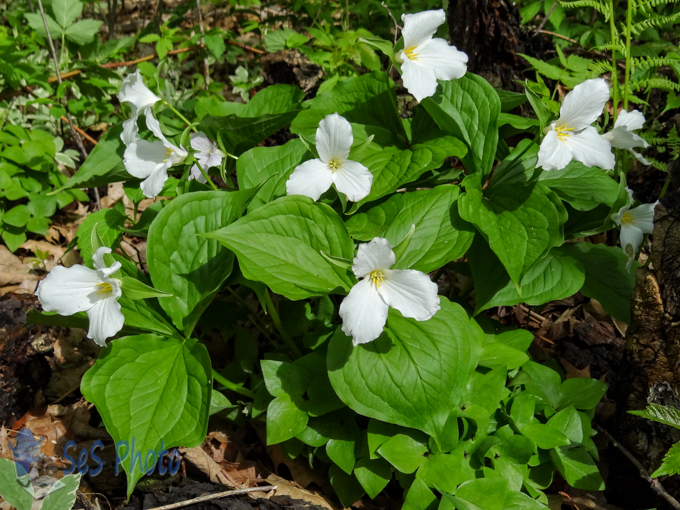The Ridges Sanctuary is a 1,600 acre nature preserve and land trust in Baileys Harbor, Wisconsin which also operates an orchid restoration project. There are over twenty five native orchid species there and during a visit there earlier this month, the Ram’s Head Lady’s Slipper was supposed to be blooming. After seeing the Yellow Lady Slippers earlier in the week and with a name with ram head, I was expecting a large blossom. But instead this Wisconsin Threatened plant flower is only a half inch to an inch long so it was very hard to spot in the woods as even the small spider in the photo appeared to longer than the blossom.
Ram’s Head Lady’s Slipper
